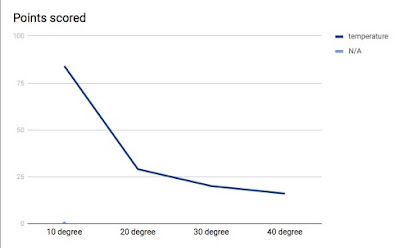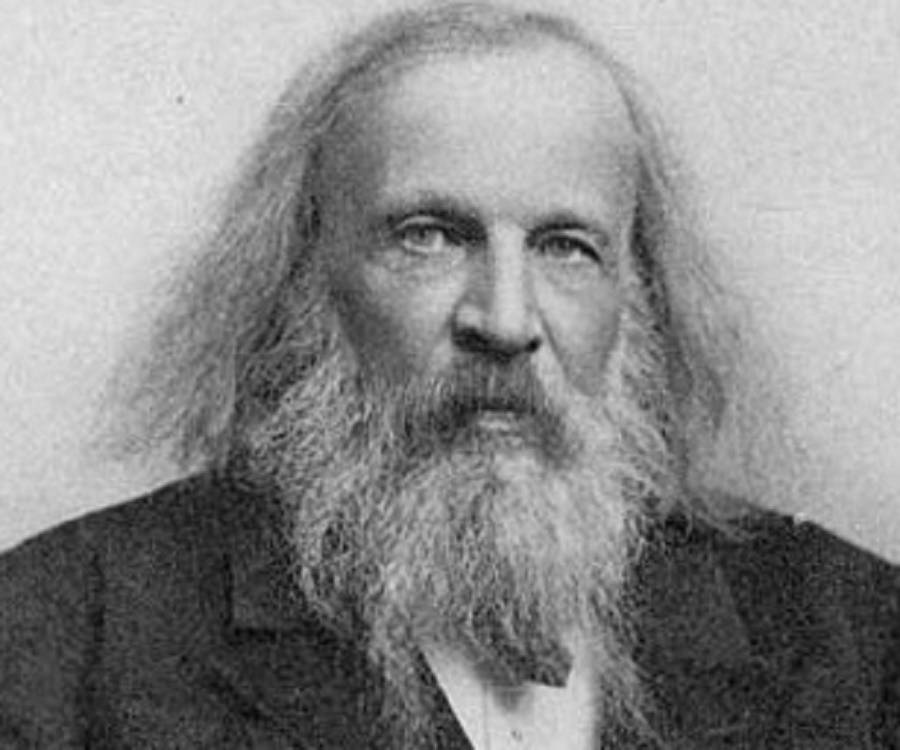Blog Post 10 (Unit 10)
- List the three main factors that affect the behaviors of a gas.
Temperature, Volume, and Pressure are the three main factors that affect gaseous behavior. Temperature's main effect is on the speed of particle of movement, Volume influences how the particulate matter reacts to pressure and temperature based upon their quantity. Finally, as Pressure increases, so does the likelihood of particle collision, within the space that they are in.
- Explain how Boyle’s law, Charle’s law, and the combined gas law are used to describe the behavior of a gases.
As stated in Boyle’s Law, an increase in presssure results in a decrease in volume, the reverse also being true. Resulting in a chemist’s ability to relate and tie together the volume and pressure of any given gaseous substance. Additionally, in Charle’s law, the volume of a gas is linked directly to temperature. This relationship is mirrored, with volume increasing alongside the temperature of the gas.
- Describe the relationship between volume and number of moles for an ideal gas, as described by Avogadro’s law.
Volume and the number of moles are directly related when it comes to Avagadro’s law. An increase in volume results in a tandem increase of the number of moles of a substance. Inversely, with a decrease in either factor te opposite becomes true. Avogadro’s law is a tangent resulting from tha previously discovered ideal gas law.
- Define an ideal gas, including the assumptions that are included in the definitions.
An ideal gas, is not necessarily able to exist effectively. It is defined by not attracting or repelling itself, and with each molecule not holding any individual mass. With the assumption that all of the gaseous molecules directly follow newton’s Laws, their volume in comparison to the overall volume of the gaseous substance is very small. It is not definite that a gas such as this would exist. Additionally however, would be the requirement that no attractive or repulsive forces act upon it.
- Describe the relationship between volume, pressure, number of moles, and temperature for an ideal gas, as described by the ideal law.
The ideal gas law of PV = nRT illustrates that when multiplied by the temperature and number of moles, will be equivalent to pressure multiplied by the volume of a substance. An increase in pressure inversely affects volume, while pressure and temperature, as well as temperature and volume are mirror affected by one another. All are directly related to the ideal gas law.
- Identify situations in which the ideal gas law can and cannot be used.
Working well in situations with three of the available four ideal gas variables, with their units attached, the ideal gas law can be solved and employed. Without units, the constant “R” becomes unknown, making the equation insolvable. Additionally, with only two of the three needed variables it would become insolvable yet again, and use of different gaseous property laws would become necessary.
- (Odd periods) Take a picture of your review with your name on it and upload it to here. (even periods) A tank of hydrogen gas has a volume of 22.9 L and holds 14.0 mol of the gas at 12 degrees Celcius. What is the pressure of the gas in atmospheres?
- Khrystine measured the volume of her bag to be 825.5 mL of water. Please do the math and explain how much baking soda and vinegar she needs to use to make her bag expand but not explode to protect her egg. *Keep in mind that the temperature of the room she is in is 72 degrees F and 0.98 atm.






-sulfate-photo.jpg)








